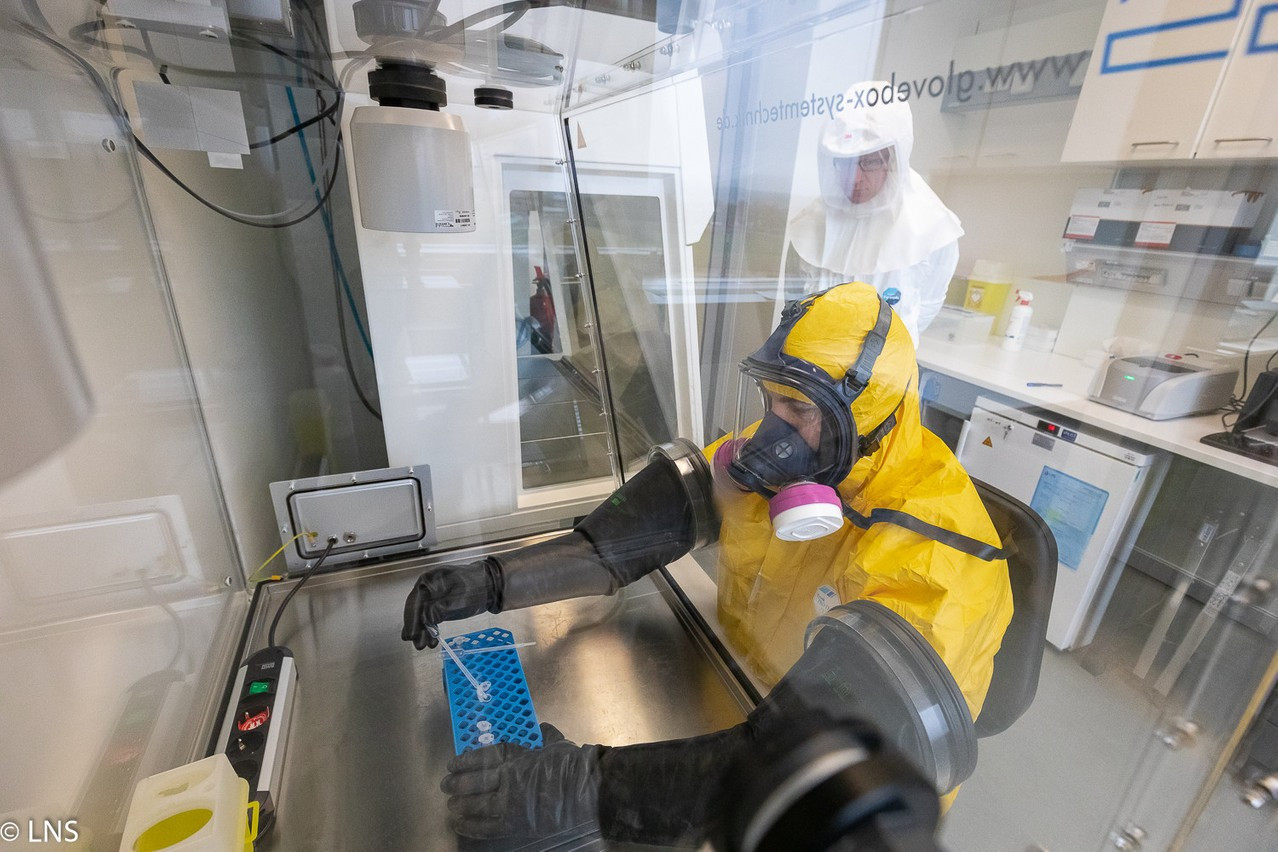The National Health Laboratory (LNS) is sequencing around 10% of covid-19 positive tests. This makes Luxembourg one of the most effective European countries in this field, along with the United Kingdom and Denmark. And far above most other European countries.
Sequencing in the European Union is indeed lagging behind. "There is very little sequencing in member states, so we don’t know what strains are circulating. In the UK, they sequence 10% of positive tests. In the EU, it’s less than 1%," said European Commission health director John Ryan in an interview with Delano's sister publication Paperjam.
However, sequencing positive tests is an essential tool in the fight against new variants of covid-19. It allows to better understand at what level they are present, to check if vaccines are effective against them and to identify possible new threats.
Variable rate
On 17 February, the European Commission called on EU countries to step up their efforts in this area and set a target of 5% sequencing of positive tests. This exceeded the target for Luxembourg, which even reached the more demanding recommendations of the World Health Organisation (WHO) and the European Centre for Disease Prevention and Control (ECDC), which set a 10% threshold for sequencing positive tests.
However, this sequencing rate may vary from week to week across the country. From 19.5% the week of February 8 to 14, 2021, it was at 7.7% the week of February 15, says the latest "Revilux” report, published on 5 March by the LNS.
Supply challenges
Variations of this kind are mainly due to difficulties in the supply of basic material for sequencing, explains the LNS. A consequence of the very strong demand for these products worldwide, with many countries around the world accelerating sequencing, in order to better fight against variants--the English one is now present in 106 countries, and the South African one in 56.
But staff availability is also a problem, with some occupations becoming scarce. This is the case for bio-informatics professions, for instance, a recent profession that is suddenly facing strong demand. Only one person at the LNS microbiology department has this expertise.
South African variant more present
According to the latest "Revilux" report, 97 PCR tests were sequenced out of 1,249 positive LNS tests during the week from 15 to 22 February.
The dominant variant is, as previously announced by the health ministry, B.1.1.7 (better known as the English variant), present at 52.7%. A stable rate compared to the previous week (54.1%).
Variant B.1.351 (the South African variant), in second position, represents 22.7% of the sequenced positive tests. A significantly higher presence than the previous week, when it was at 10.7%. The Brazilian variant was not detected.
Up to 1,200 sequences per week
But, with a sequencing rate of 7.7%, the LNS warns: this balance, unlike that of the previous week, is not representative of the real circulation of variants in Luxembourg. At least, as recommended by the ECDC, a 10% sequencing rate is required.
In future, this rate will increase, says the LNS. It should quickly rise to 600 positive tests sequenced per week. Then 800, hopefully within two to three weeks, before seeking to hit the 1,200 weekly sequencing target set by the health ministry.
This article was originally published in French on paperjam.lu and has been translated and edited for Delano.
